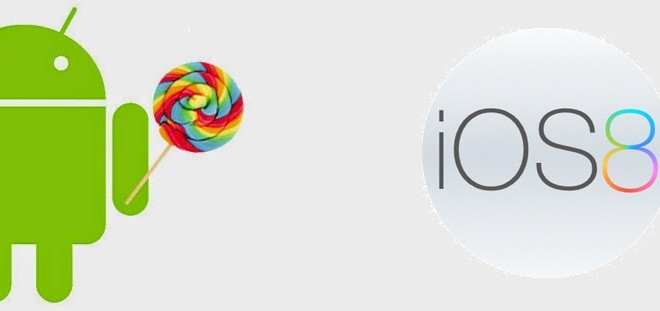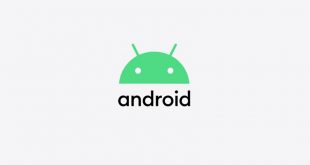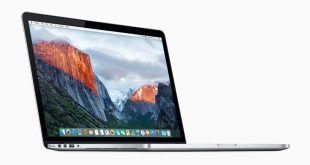Two of the most recent mobile operating systems have just been launched by two of the biggest companies in the world, Apple and Google. Google has announced the arrival of Android 5.0 Lollipop yesterday, while iOS 8 was launched in tandem with Apple’s new flagships, the iPhone 6 and iPhone 6 Plus. Both these new mobile operating systems are stepping stones in the companies’ portfolios and aim to improve what has already been considered high quality as well as practical. iOS 8 and Android 5.0 Lollipop have now become the two most talked about OS in the world, so we will try to present all the most important features each OS brings to its portfolio and maybe decide which OS has more substantially improved its predecessor.
First off, we have to note that iOS 8 has launched with quite a few bugs, requiring emergency updates from Apple in the days following its launch. On the other hand. Android 5.0 Lollipop won’t be rolling out until the next few weeks, so we don’t have a complete image about what the new Android OS will be bringing to devices like the Nexus 6 and Nexus 9, as well as other LG, Motorola, HTC and Samsung devices.
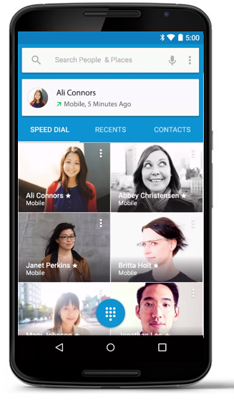
The new Android 5.0 Lollipop statue has just been raised at Google HQ in Mountain View and the peace-sign and lollipop sporting Android figure looks as interesting as the new OS seems to be. Currently. the Android 5.0 Lollipop is the tallest of the Android statues, even though it’s situated a bit further from the campus as the others. The Android 5.0 Lollipop OS should begin its rollout in the following weeks, arriving at first on Nexus and Google Play Edition devices, after which a wide rollout will be underway. The most notable changes Android 5.0 Lollipop brings is Material Design and 64 bit CPU support, among many other new features.
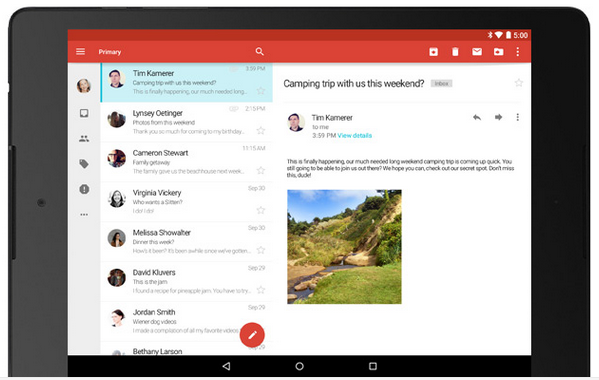
Android 5.0 Lollipop should arrive on devices like the Nvidia Shield Tablet, HTC One M8, HTC One M7, Samsung Galaxy S4, Galaxy Note 3, Motorola Moto X, Moto G, Moto E, Droid Ultra, Droid Maxx and Droid Mini, LG G3, LG G2 Pro, LG G Pro, LG G2 and the Sony Xperia Z3, Xperia Z3V, Xperia Z3 Compact. The list will surely be completed with other devices in the upcoming weeks, but these few devices will be the first ones, aside from Nexus and Google Play Editions to receive the latest Android 5.0 Lollipop OS. We are disappointed to see that 64 bit devices like the HTC Desire 510 or 820 and Lenovo Vibe Z2 are not on the first list of Android 5.0 Lollipop devices, but we hope these optimized handsets will be getting an OTA soon.
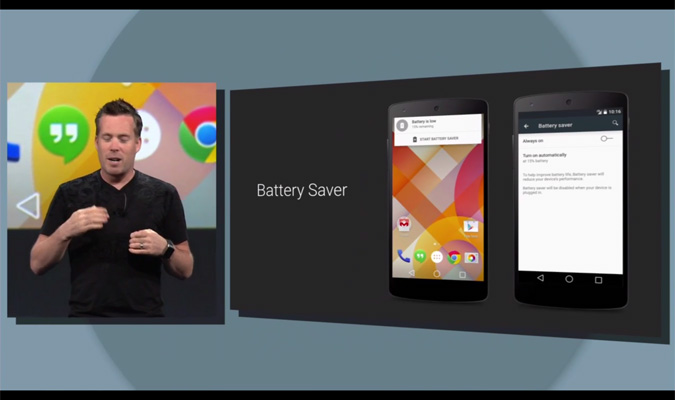
Android 5.0 Lollipop will show off its novelty at a first glance, with extensive Material Design implemented in the user interface by Google. Material Design on Android 5.0 Lollipop means a flat design, with a colorful touch to it, bearing some similarity to TouchWiz and Optimus. If you are familiar with the Google Now launcher, you will be glad to see the Google Now cards employed in Android 5.0 Lollipop as well, besides a re-vamped notifications system. Multi-tasking has been made easier with Lollipop, and the easy user interface you can find in the Calendar, music player, gallery, maps and widgets will surely cater to those of you who have enjoyed what Google did with the Play Store to give a preview of Material Design.
Android 5.0 Lollipop can now discern between different types of notifications, so that it can beam only those that actually interest you or are relevant for your time of day or activity you are performing at a certain moment. One of the best features Android 5.0 Lollipop managed to bring is interaction with notifications directly from your lock screen. While you could answer calls without unlocking your phone, you couldn’t act on Facebook, Hangouts or calendar notifications from your lockscreen. Notifications will now pop up on top of what your are doing, and you will be able to easily act on them or dismiss them, without having to perform other swipes or taps.
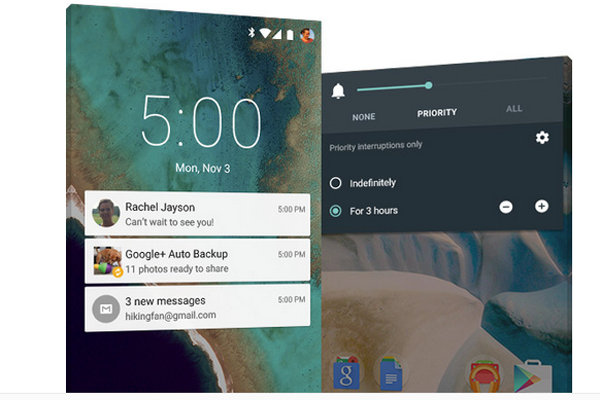
Android 5.0 Lollipop also comes with the new ART complier, which compared to the Dalvik complier, offers faster app load times and an overall better performance. ART is completely 64 bit, so that just adds to the performance of Android 5.0 Lollipop on any 64 bit device. The new complier will also allow for more RAM memory to be used, so you can actually make use of more than 3 GB of memory on a phone or tablet. Project Volta also offers developers the possibility to accurately monitor battery use of apps they are developing, so that apps won’t automatically start when you are low on battery. Battery Historian will give a detailed history of battery usage and identifies the apps that drained the battery. A Battery Saver mode has also been included in Android 5.0 Lollipop, which will adjust brightness, CPU throttle and limit background updates automatically.
Android 5.0 Lollipop also comes with a new recent apps menu, complete with Material Design, and will decouple Chrome tabs into separate entities you can act on. The API for the new recent apps drawer will be made available to developers, so you will soon see other apps making use of the new features.You will also be able to unlock an Android 5.0 Lollipop with a paired Bluetooth device such as a smartwatch or a fitness tracker. Samsung’s Knox will also be default on Android 5.0 Lollipop and will allow you to separate work from personal data. Android 5.0 Lollipop will also integrate your searches done on different apps like maps and apps in order to give you relevant results depending on your current status.
iOS 8 comes with just as many new features compared to iOS 7. When developing iOS 8, Apple took over the design elements of iOS 7 and emphasized features and functionality more than design in the release of iOS 8. Thus, you can notice that not much has changed in the appearance and UI of iOS 8. Nonetheless, the features iOS 8 packs make up for that lack of innovation in design. iOS 8.1 has just been released at the Apple event and adds even more new fixes and features to Apple’s latest mobile OS. The iOS 8.1 update brings back the Camera Roll album so that users can find their recent shots easily. The beta of iCloud Photo Library is also included so that users can back up their photos to iCloud or use it as primary storage.
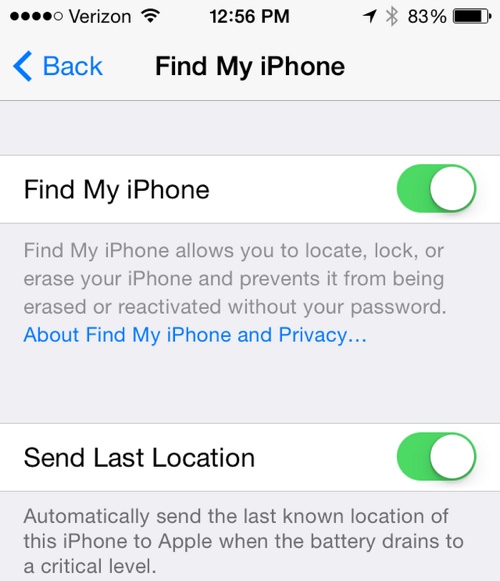
Apple Pay is one of the most popular features of iOS 8, and with the iOS 8.1 update the new mobile payment system will become official, with over 500 banks on board. Apple Pay uses NFC to allow for a tap to pay system which allows you to pay at counters directly with your iPhone or the upcoming Apple Watch. You will have to use TouchID to authenticate and subsequently use Apple Pay. This feature is currently limited to iPhones and the Apple Watch, though. Online payments on iPads will be possible with TouchID, though.
One of the most praised features of iOS 8 and OS X Yosemite as well, is Continuity, a new concept from Apple that allows you to pick up where you left off from a device on another device. SMS Handoff is one of the newer features that the iOS 8.1 update will be bringing and it will allow you to receive and send messages on any iOS 8 or OS X Yosemite devices. This kind of functionality can be made use of on Android too, with the Pushbullet application. Continuity needs an iCloud in order to work properly and will require a full suite of Apple devices, including an iPhone, iPad and a Mac.

With Continuity, you will be able to answer calls and messages on any device running iOS 8 or OS X Yosemite, as well as continue your web browsing, photo editing, document editing or any other app you might be working with. Continuity also allows you to set up hot-spots in lieu of a Wi-Fi connection, so that you can use your LTE from the iPhone 6 on your MacBook. Another neat feature in iOS 8 is support for third-party keyboards, which is new for Apple. You can now use your keyboard of choice, if you are not content with the predictive keyboard Apple includes in its iPhone 6 or iPad units.
Spotlight search has also been improved on iOS 8, allowing you to search for things on your device, on the web, on iTunes, in the app store, in your music and photo gallery in order to produce more comprehensive search results. Interactive notifications have finally been introduced to iOS 8, so that you can now interact with your notifications the moment you receive them. Much like in Android 5.0 Lollipop, you will be able to act on those notification no matter what application you are using when you get them, without having to interrupt your work. iMessages has also been improved and now lets you add and remove people from group messages, as well as leave a thread or turn on do not disturb on a thread. You can also send voice and video messages straight from iMessages, and they actually self-destruct after a set amount of time.
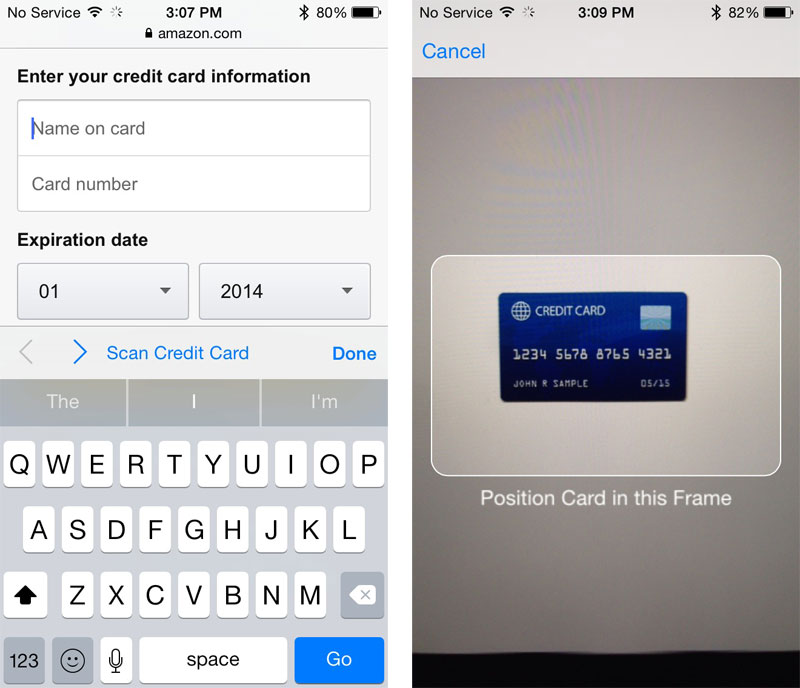
The favorite contacts menu has now been included in the multi-tasking screen on iOS 8, so when you double tap the home button, you will be able to access your favorite apps as well as contacts. The notification center has also received widget support so you can now see third-party app notifications in your notification center. You can now access sports scores, eBay listings, weather, stock information and many other things through the notification center. Safari also supports browser extensions with iOS 8 so you can automatically translate webpages, login to different sites and share things instantly.
Family Sharing is a new feature in iOS 8 that lets you share photos, reminders, Find my Friends info, calendars and all your media from the iTunes store to the devices you choose to include in your Family Sharing portfolio. All the devices that have registered with TouchID on the same device can now share things among each other easily. HealthKit, even though at first it didn’t work, now brings full health monitoring integration, as well as the option to contact health care providers and share your information with your doctors. HomeKit has also been included in iOS 8 and it gives you control over smart devices that allow for home automation via the app and Wi-Fi.

The iPhone will now be able to send your last known location to Apple servers via Find my iPhone, before your battery dies, so that in case of an emergency, people will be able to track you down, if without your phone at your disposal. iCloud will be taking care of that information for 24 hours, but Apple will be able to access the info in case you report a lost device afterwards. Siri has been improved as well, and includes Shazam integration so that you can identify songs heard on the radio and in your environment. You will also be able to ask Siri to access your credit card information as well as scan credit card numbers to skip you of the hassle of manually entering the sequence. Siri also features faster voice recognition, voice activation as well as downloading apps through the companion.
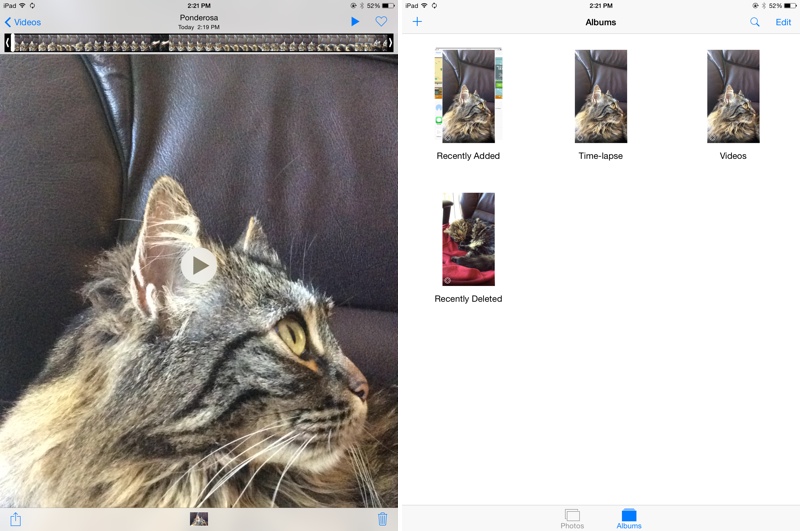
iOS 8 includes an option for Wi-Fi calling, too, so that you can use Wi-Fi when you don’t have a signal in remote places to place calls as well as send messages. Currently, the feature is only available for T-Mobile users, but we’re sure other carriers will be providing Wi-Fi calling to iOS 8 users soon. Just like in Android 5.0 Lollipop, in iOS 8 you will be able to monitor your battery usage and see which apps are draining your battery. As for the camera, iOS 8 brings a new time-lapse photography feature, as well as panorama, focus controls, timer mode and actually allows you to recover deleted photos.
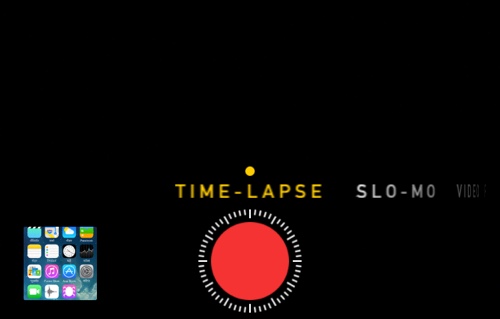
iOS 8 and iOS 8.1 can be run on the iPhone 4s, iPhone 5, 5c, 5s and the new iPhone 6 and iPhone 6 Plus, as well as all of the iPad models, aside from the first generation ones, the fifth generation iPod Touch and the third generation Apple TV. You will be able to download the updated iOS 8.1 starting Monday, October 20. As you can see, both Android 5.0 Lollipop and iOS 8 bring lots of improvements compared to their predecessors, and the list is not complete. Android 5.0 Lollipop is still a few days away, while iOS 8 is receiving the iOS 8.1 update on Monday, so we are sure that more is to come to these operating systems.
 Load the Game Video Games, Reviews, Game News, Game Reviews & Game Video Trailers
Load the Game Video Games, Reviews, Game News, Game Reviews & Game Video Trailers
